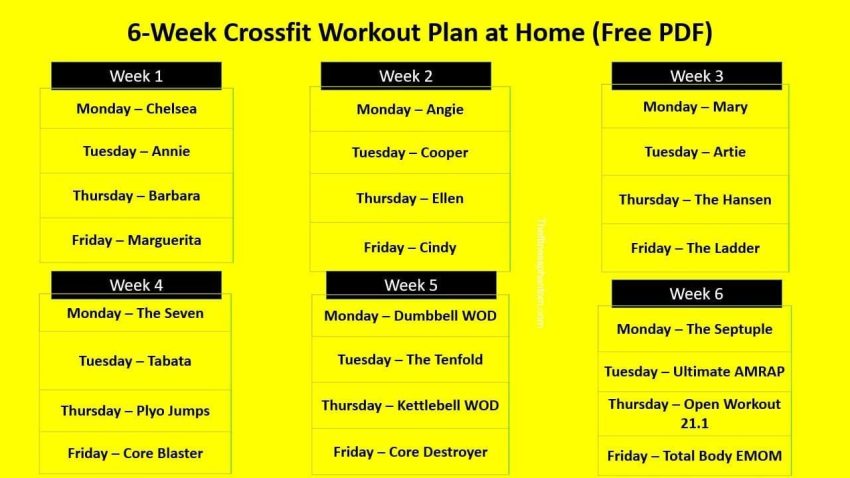CrossFit Programming: Balancing Strength and Conditioning

CrossFit has gained immense popularity over the years due to its unique approach to fitness. The program combines elements of strength training, cardiovascular conditioning, and functional movements to deliver a challenging and comprehensive workout. One of the key aspects of successful CrossFit programming revolves around finding the right balance between strength training and conditioning exercises.
The Importance of Strength Training
Strength training plays a crucial role in CrossFit programming as it helps athletes build a solid foundation of raw strength. It involves performing exercises that target specific muscle groups and progressively overloading them to promote muscle growth and development. This not only improves overall strength but also enhances overall performance in various CrossFit movements.
HTML markup allows us to emphasize certain words or phrases, which is especially handy in an article of this length. For instance, we can use the strong tag to highlight important concepts or ideas. In this case, strength training is a fundamental component of CrossFit programming.
The Role of Conditioning Exercises
While strength training is essential, conditioning exercises are equally important in CrossFit programming. Conditioning workouts focus on improving endurance, cardiovascular fitness, and overall work capacity. These exercises often involve high-intensity interval training (HIIT), metabolic conditioning, and endurance-based activities.
The em tag can be used to emphasize specific points or provide emphasis. Conditioning exercises aim to push athletes to their limits and increase their ability to sustain high levels of effort over extended periods. These workouts not only improve stamina but also enhance recovery times between sets for strength exercises.
Finding the Balance
The art of effective CrossFit programming lies in finding the right balance between strength training and conditioning exercises. A well-rounded CrossFit program should include a mix of both elements to ensure athletes develop not only strength but also endurance and stamina.
HTML lists can help organize information in a structured way. For example, an ordered list can be used to list key considerations when balancing strength and conditioning in CrossFit programming:
Identify goals and prioritize accordingly
Allocate appropriate time for both strength and conditioning workouts
Vary the intensity and volume of each component to prevent overtraining
Periodize the program to allow for sufficient recovery and adaptation
Monitor progress and adjust the program as needed
The Benefits of Balancing Strength and Conditioning
By incorporating both strength training and conditioning exercises in CrossFit programming, athletes can experience a wide range of benefits. These include:
Increased overall fitness and athleticism
Improved strength gains and muscle development
Enhanced cardiovascular health and endurance
Reduced risk of injury by strengthening muscles and connective tissues
Optimized body composition and weight management
Better mental toughness and resilience
HTML allows us to present information in a concise and visually appealing manner. For instance, using a unordered list here helps highlight the benefits of balancing strength and conditioning in CrossFit programming.
Conclusion
When it comes to CrossFit programming, finding the right balance between strength training and conditioning exercises is essential for achieving optimal results. By incorporating both elements, athletes can develop strength, endurance, and overall fitness, leading to improved performance and reduced risk of injury. A well-structured program that considers individual goals and progress is key to success in the world of CrossFit.


